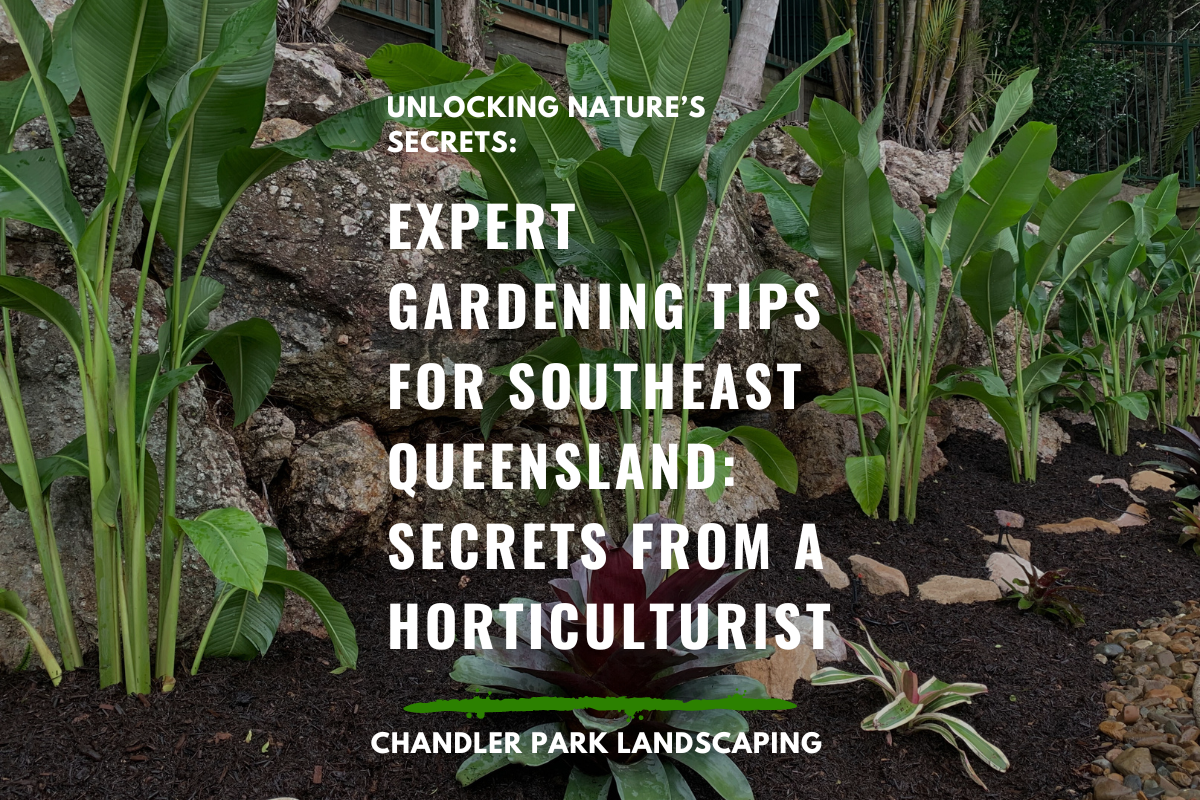
Expert Gardening Tips for Southeast Queensland: Secrets from a Horticulturist
November 1, 2024 6:00 am - Leave your thoughtsGardening in Southeast Queensland (SEQ) comes with its own set of challenges and rewards. With its subtropical climate, hot summers, mild winters, and occasional heavy rainfall, SEQ offers unique opportunities for thriving gardens—but only if you know the secrets to success. Here, I want to share some insider tips that will help you make the most of your garden in this beautiful region.
Choosing the Right Plants for SEQ’s Climate
The key to a flourishing garden in SEQ lies in selecting plants that can thrive in the local climate. A good horticulturist knows that not all plants will survive the region’s heat and humidity, especially in the summer months.
Native plants are a great place to start because they have evolved to cope with the climate extremes. Species such as Lomandra longifolia (spiny-headed mat-rush), Callistemon (bottlebrush), and Grevillea varieties are particularly suited for SEQ. These plants are drought-tolerant, thrive in the area’s soil, and attract native wildlife such as bees and birds.
For those who prefer a tropical vibe, plants like Heliconias, Bromeliads, and Philodendrons are also excellent choices. These plants not only bring colour and texture to your garden but are well adapted to the region’s warm and humid conditions.
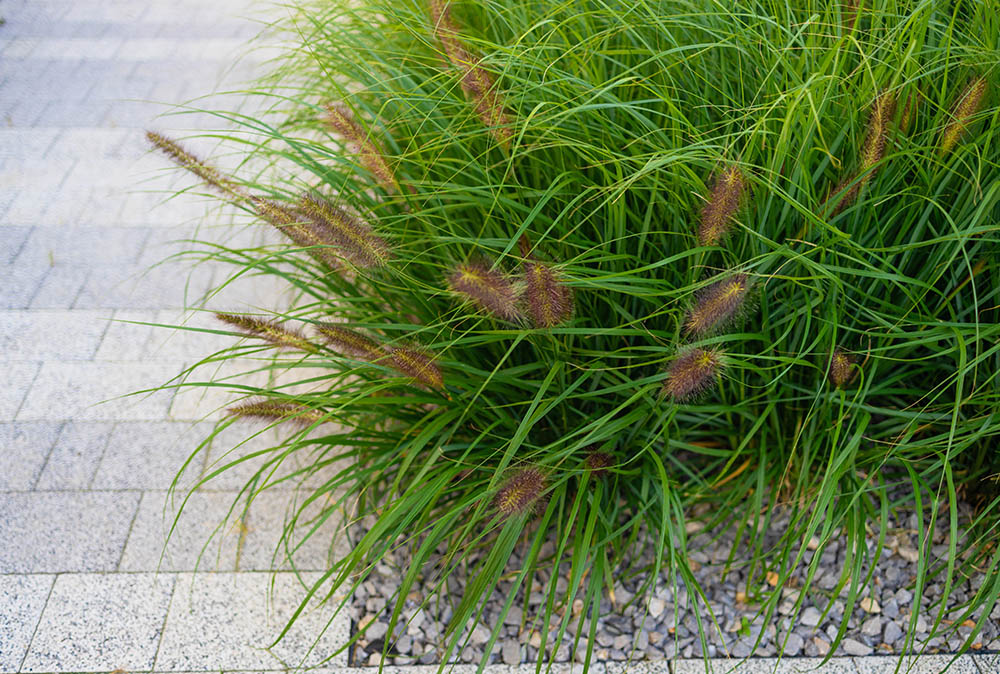
Lomandra longifolia
Soil Preparation and Improvement
While Southeast Queensland’s climate is supportive of many plants, the region’s soils—particularly the clay soils found in some parts—can present a challenge. One of the best-kept secrets of a professional horticulturist is that healthy soil is the foundation of a thriving garden.
To improve your soil, start by adding organic matter like compost, aged manure, or mulch. Additionally, incorporate a slow-release complete fertiliser, which will gradually release nutrients over several months. These amendments help break up heavy clay soils, improve drainage, and promote the health of soil microorganisms. A horticulturist would recommend regular soil testing to determine its pH levels and nutrient content. In SEQ, where the soil can sometimes be too acidic, adding lime may be necessary to balance the pH and allow plants to absorb nutrients more effectively.
Additionally, mulch plays an essential role in SEQ gardens, helping to retain moisture, suppress weeds, and regulate soil temperature. Opt for organic mulch materials like sugarcane or bark chips that decompose and add nutrients back into the soil over time.
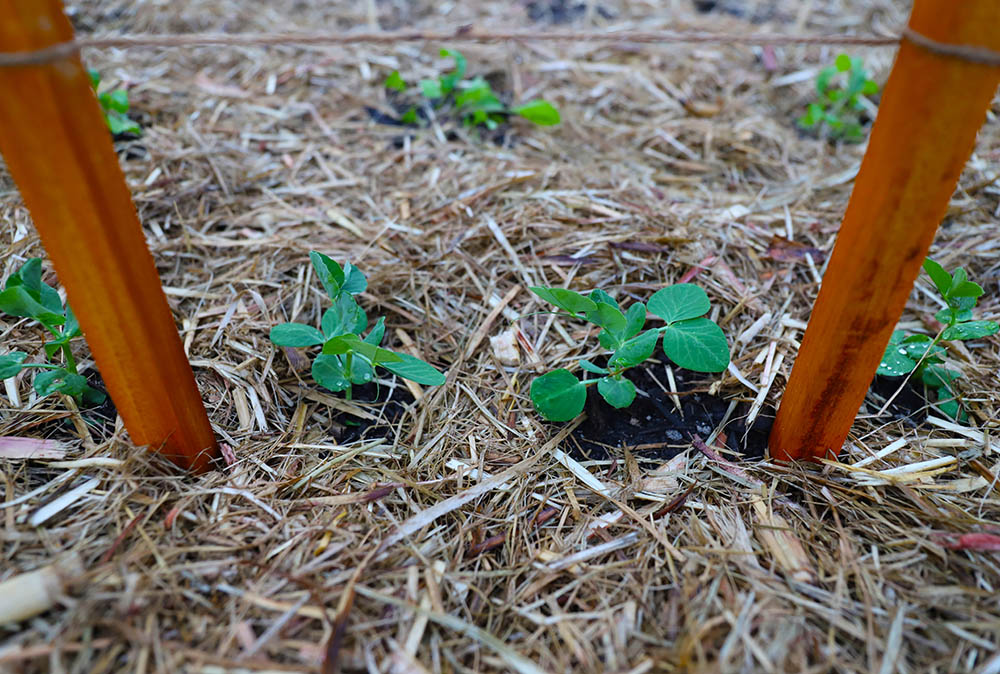
Sugar cane mulch
Watering Techniques for SEQ Gardens
Water is a precious resource in Southeast Queensland, where dry spells and water restrictions can occur. A horticulturalist’s advice is to adopt water-wise gardening practices that ensure your plants remain hydrated without wasting water.
Drip irrigation systems are highly recommended because they deliver water directly to the roots where it’s needed most. Watering early in the morning or late in the afternoon minimizes evaporation and allows plants to absorb moisture before the heat of the day.
Additionally, grouping plants with similar water needs is a technique called “hydrozoning.” By placing drought-tolerant plants together and keeping thirstier plants in another section, you can ensure more efficient watering.
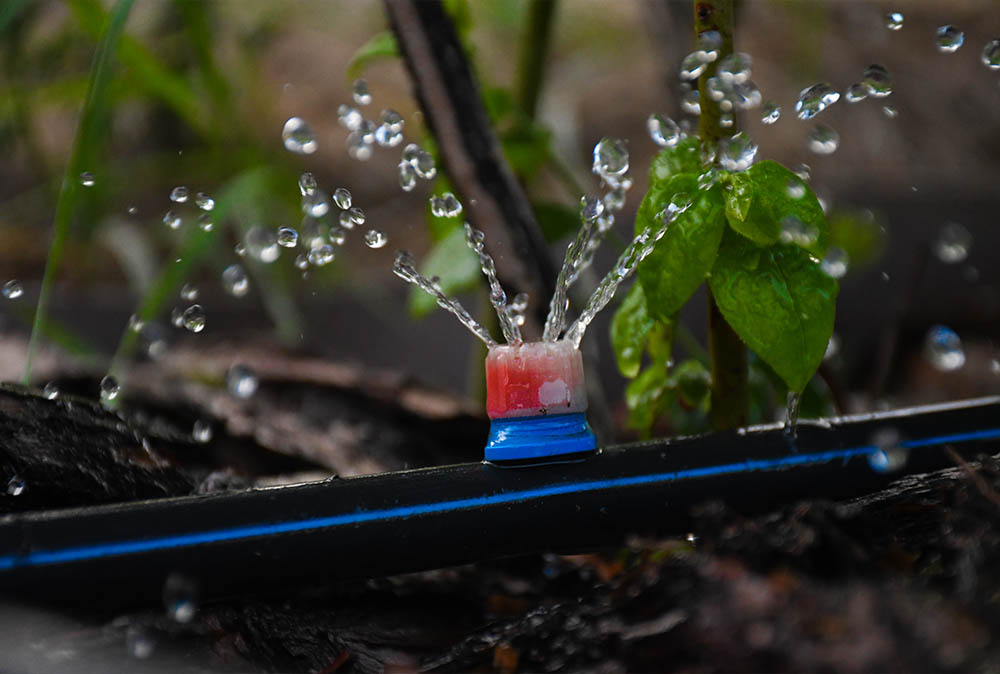
Zoyisa Tenuifolia
Pest Control with a Natural Approach
SEQ’s warm climate can attract a variety of pests, but a professional horticulturist knows that not all insects are enemies. Beneficial insects such as ladybugs, lacewings, and predatory wasps can help control pest populations naturally.
To encourage these “good bugs,” you can plant a variety of flowers like marigolds, alyssum, and daisies, which attract beneficial insects. Companion planting is another horticulturalist secret—planting herbs like basil and rosemary near vegetables can help repel pests.
In cases where pests become problematic, organic solutions like neem oil, insecticidal soap, or homemade garlic spray can be effective without harming the environment.
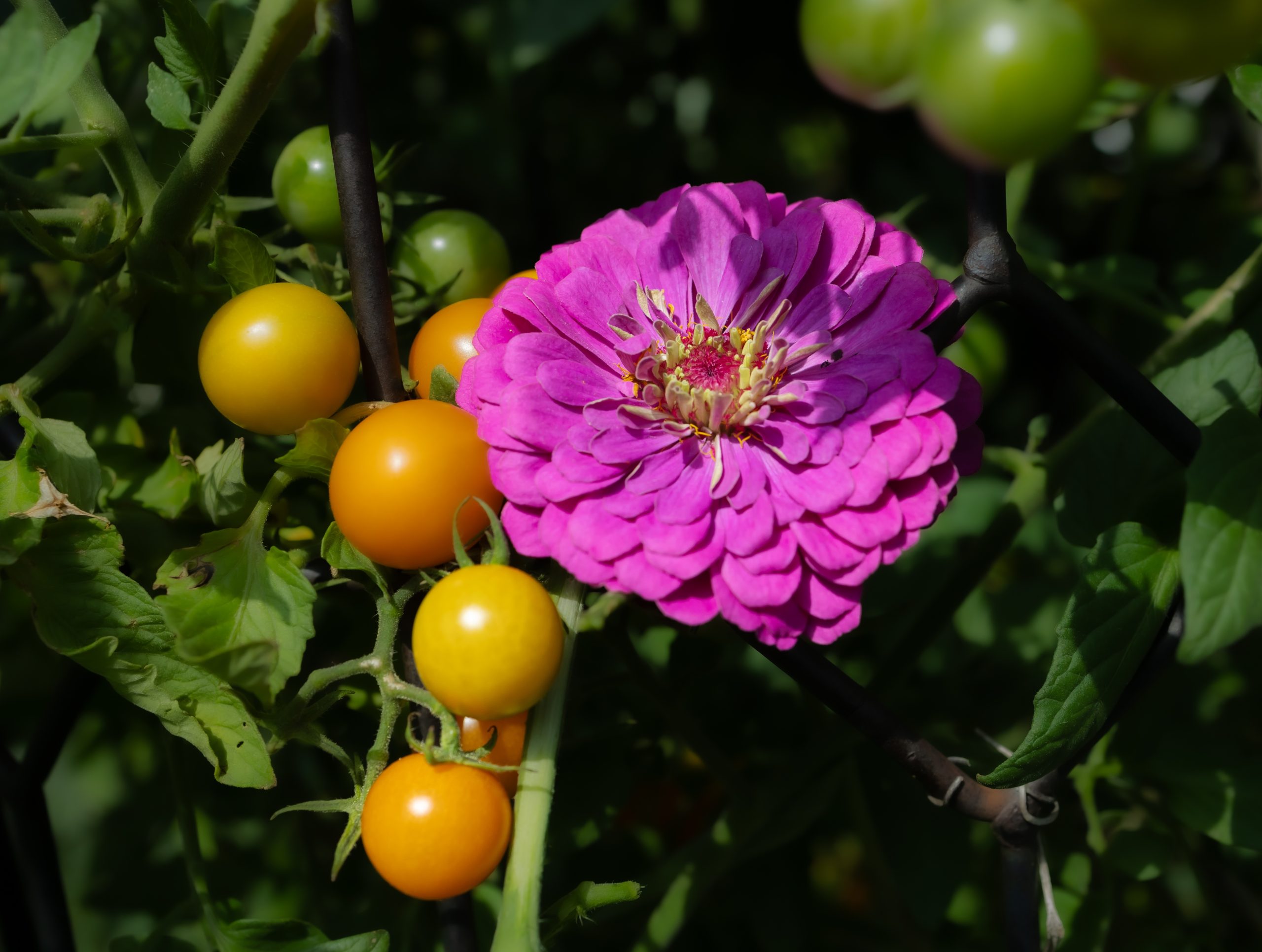
Seasonal Maintenance for Year-Round Success
Gardens in SEQ benefit from consistent, year-round maintenance. A horticulturist’s calendar involves seasonal tasks such as pruning in winter, fertilizing in spring, and protecting plants from the summer heat. Regular mulching, weeding, and checking for pests are ongoing practices.
For a spectacular garden in SEQ, consider feeding your plants with organic fertilizers, such as blood and bone or seaweed solution, during the growing seasons. This ensures they receive the nutrients they need to stay vibrant and healthy.
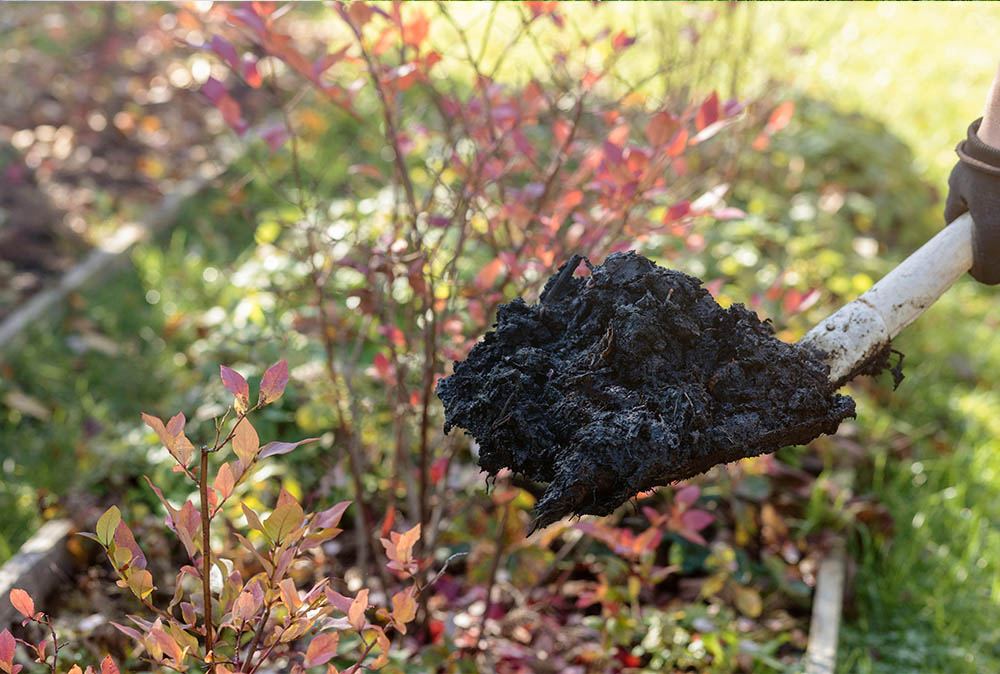
With the right knowledge and careful planning, your garden in Southeast Queensland can thrive despite the challenges of the climate. By following my expert horticulturist tips, you can create a lush, vibrant garden that brings you joy year-round. From choosing the right plants and improving soil quality to using water wisely and encouraging beneficial insects, these secrets will help you unlock the full potential of your outdoor space.
If you are looking for help with your garden space, feel free to reach out to our horticulturist, Nigel, who is ready to provide expert advice tailored to your specific needs.
